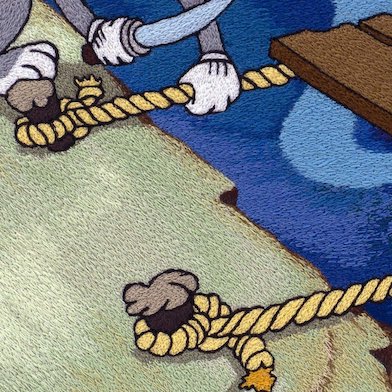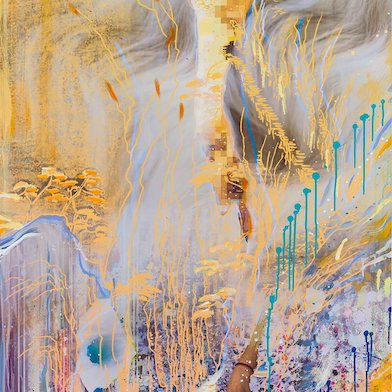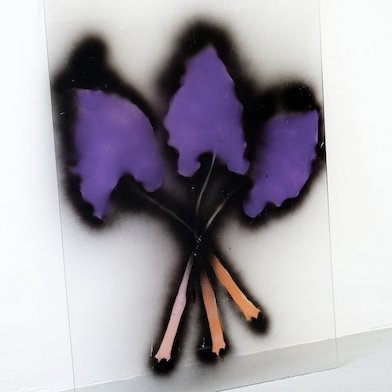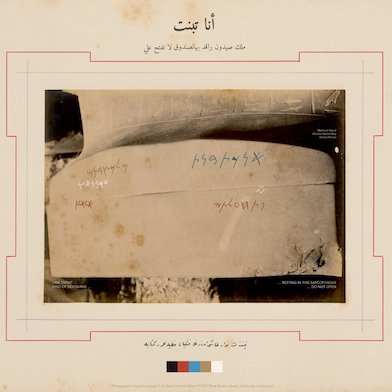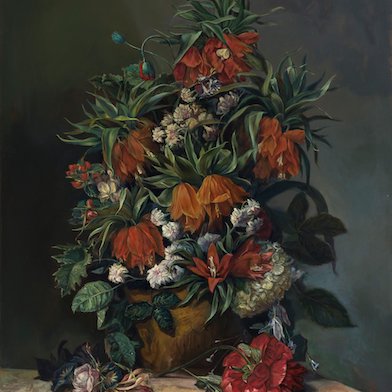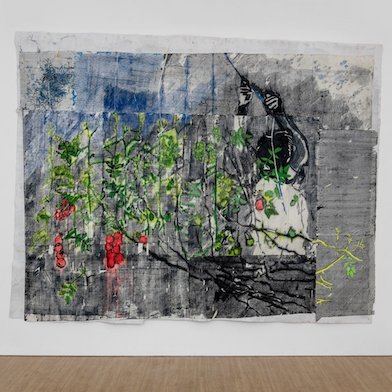Open: Tue-Sat 10am-6pm
Visit
John Henderson: A Revision
Perrotin New York, New York
Thu 9 Oct 2014 to Sat 15 Nov 2014
130 Orchard Street, NY 10002 John Henderson: A Revision
Tue-Sat 10am-6pm
Artist: John Henderson
John Henderson: A Revision at Galerie Perrotin, Madison Av., New York, from October 9 to November 15, 2014
Galerie Perrotin, New York presents “A Revision”, a collection of new works by Chicago-based artist John Henderson, which continues to expand and develop his engagement with abstract painting and the conditions for its contemporary practice.
Installation Views
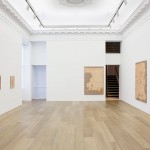
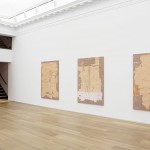
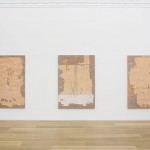
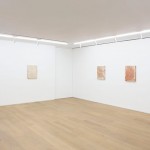
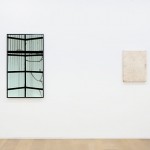
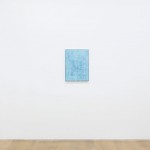
John Henderson: A Revision at Galerie Perrotin, Madison Av., New York, from October 9 to November 15, 2014
Galerie Perrotin, New York presents “A Revision”, a collection of new works by Chicago-based artist John Henderson, which continues to expand and develop his engagement with abstract painting and the conditions for its contemporary practice.
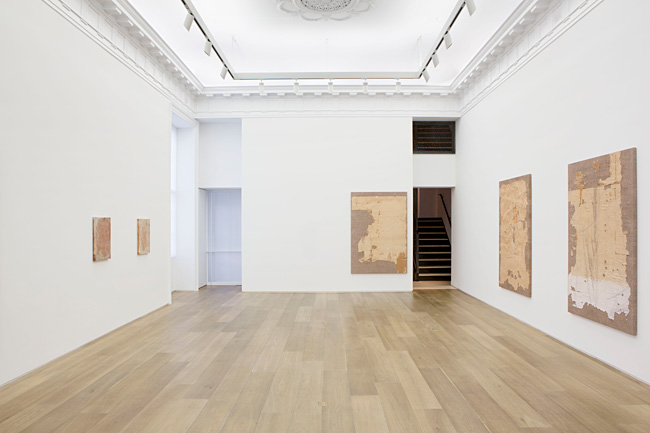
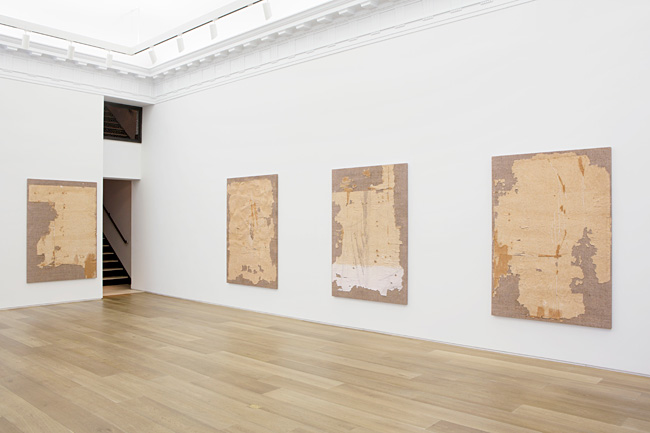
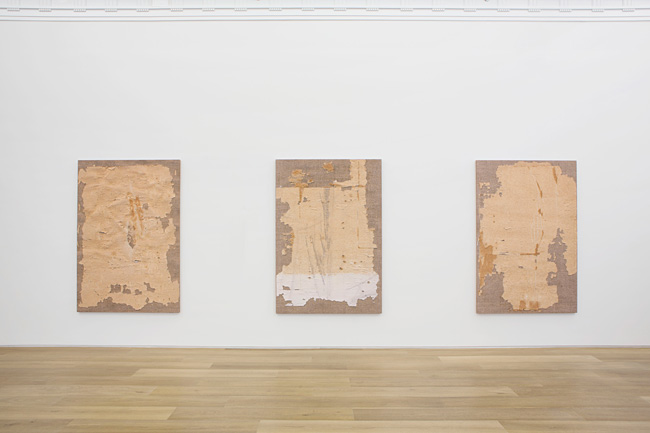
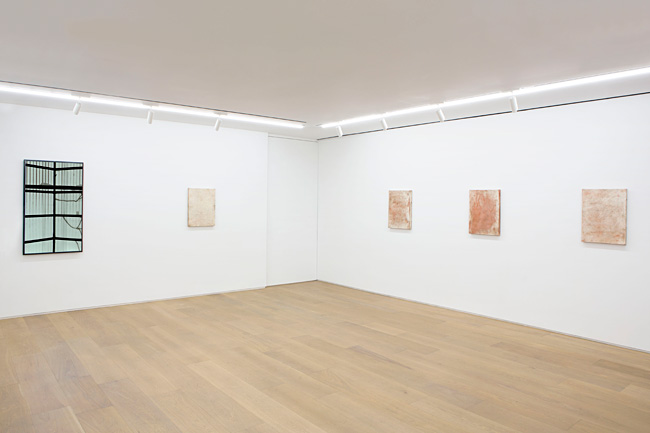
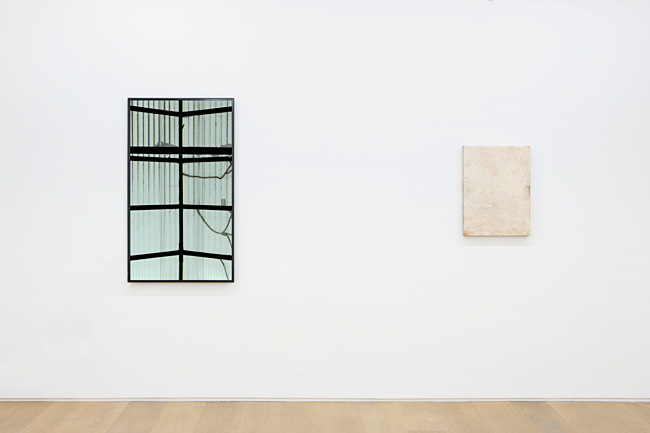
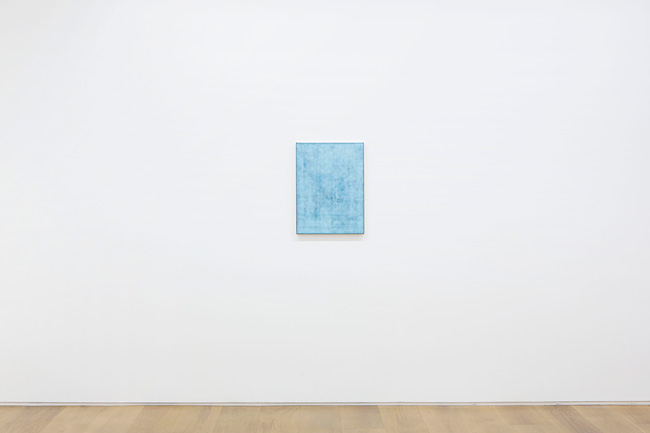
Making use of a variety of technologies and techniques—molds, castings, digital printing, video, and photography—Henderson reforms, revises, and reproduces the manual painterly expression, invoking Minimalism and Abstract Expressionism while acknowledging a distance from their unmediated practice.
The cast metal paintings in “A Revision”, each titled “Type” (2014), were not produced by traditional lost wax casting with which Henderson had already been working, but instead, for the first time, using a process known as electrotyping (or electroforming). Copper ions are slowly deposited through an electrolytic bath into a conductive mold taken from an original painting. Building up one layer at time, a copper reproduction of the entire canvas is created. The result, a metallic document of the painting, is almost sculptural, emphasizing the dimensionality not only of each brush stroke, but of the canvas and frame, too. The initial painting, itself a record of gesture on canvas, is then discarded, while the final copper object presents canvas, frame, and expression as a single and comprehensive object, readily identifiable with painting.
The printed works, each titled “Proof (wall rip, verso)” (2014), suggest less immediate conformity with expectations for what might count as abstract painting. For each work, Henderson takes a page-sized swatch of linen and adheres it directly to the wall of his studio with sizing (a preparatory agent routinely applied to canvas). Allowing the sizing to dry so that the porous linen fuses with the paint from the studio wall, Henderson tears off the swatch, taking a layer of the wall paint along with it. The backside of the linen and the backside of the wall paint is then documented at high resolution, enlarged dramatically, and printed with a dye-sublimation technique that transfers dye directly into the fibers of a polyester fabric. These printed paintings suggest, like the electrotypes, a dimensionality; but here this is primarily the result of an optical effect, not unlike trompe-l’oeil, created by casually allowing the linen swatches to bunch and ruffle before being “flattened” by the documentation process. Perhaps more germane to the work’s continuity with Henderson’s vision of painting though, is the explicit integration of the studio space itself into the production of the work. That the formative material for this series is actual wall paint from the studio and the result of a “wall-ripping” activity therein, reminds us of a crucial interest of Henderson’s: the sense in which the studio is the stage, the material infrastructure, for the performance of painting, and, as such, how it is of a piece with the material of art.
The exhibition also offers a number of seemingly more straightforward oil paintings on canvas. These compositions, each titled “Untitled Painting” (2014), nevertheless share sympathies with the more mediated, documented works on view. Constructed in layers, Henderson removes the texture of each application of paint with rollers and trowels before allowing it to dry and applying the next. Building up and then meticulously smoothing down, this technique produces an even surface, evincing the layered construction, but leaving the order and relationship between the layers indeterminate. Here, the painterly gesture is not necessarily foregrounded more than anywhere else in the show; the particular layering technique mutes the gesture perhaps as much as the electrotype process does in the “Types.”
Finally, Henderson has included a video for consideration. A recording of the skylight in his studio on a rainy day, the initial impulse may be to look at this as nothing but auxiliary documentation of the context for the artist’s practice. A moment of pause, however, should provoke second thoughts. The video itself is lovely, almost precious: a fixed shot of raindrops falling on framed panes of glass. But this is quickly offset by the somewhat wry reflection that the skylight could very well be taken for the backside of a framed canvas, while the drops, to an appreciative eye, might just as well be splattered paint. The appreciative eye in question, the sort that enjoins us to understand a copper cast as a painting, doubtlessly belongs to Henderson and his camera. The video, we see, is no less a painting than the rest of the works in the show, and, like the other paintings on display, brings out the same set of concerns with originality and reproduction, expression and documentation. Even here, a distinctive tension, common throughout “A Revision,” is effected: confronting the work, the viewer is encouraged to relate to it at once as an expressive painting and as a document of its own production, as an aesthetic object, and as a mediator in a conversation about the inheritance and agency of abstraction. How we entertain this tension—by an attempt at reconciliation, by vacillation, by ambivalence, or by committing ourselves to one relationship to the work or another—may be as good a gauge for the present condition of painting as any.
